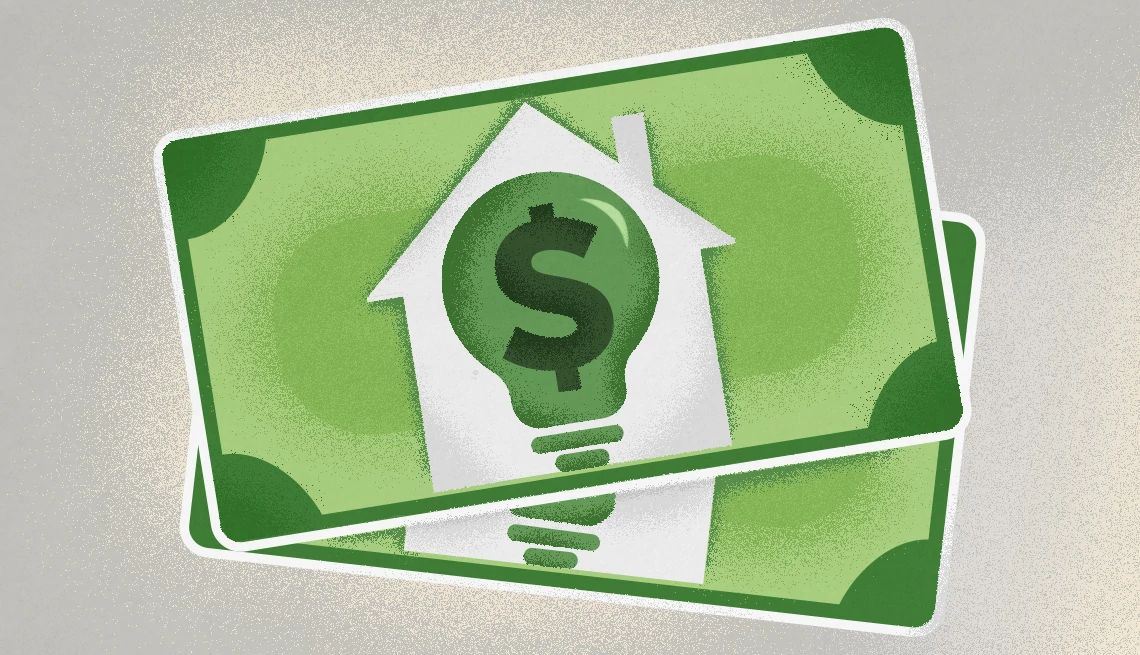AARP Hearing Center


If you’ve been considering energy-efficient upgrades to your home, now may be the time — as in, right now. A raft of tax breaks designed to incentivize energy improvements are about to be switched off.
The Energy Efficient Home Improvement Credit and the Residential Clean Energy Credit, which help homeowners save hundreds or even thousands of dollars on heat pumps, solar panels and other clean-energy changes, were originally set to end in 2032 and 2034, respectively, but the One Big Beautiful Bill Act accelerated their expiration to Dec. 31, 2025.
“The clock is ticking, and it’s really important for folks to start the process,” says Zach Pierce, head of policy at Rewiring America, a nonprofit focused on electrifying homes and communities.
Claiming the credits requires more than just buying energy-efficient equipment and materials — they also must be installed by the end of the year, says Tim Steffen, director of advanced planning at Baird, a wealth management firm in Milwaukee. Depending on where you live, finding contractors who are available to do the work in time could be a challenge.
Here’s what to know to increase your chances of beating the deadline to claim these valuable tax breaks, including how they work, what types of upgrades qualify, which upgrades to prioritize and how to line up installation.
How do the credits work?
The Energy Efficient Home Improvement Credit is worth up to $3,200. You can claim 30 percent of the cost of qualified energy-efficient improvements, up to $1,200, for “building envelope components” (doors, windows, insulation, etc.) and up to $2,000 for heat pumps and biomass stoves and boilers.
The Residential Clean Energy Credit is for solar, wind and geothermal systems. It’s equal to 30 percent of the total purchase and installation cost, with no limit on the dollar amount.
Depending on the upgrades you make, you can claim both credits, Steffen says. And if you claimed either or both in the past, you can claim them again for any upgrades you made this year.
You must submit Form 5695 when you file your federal tax return to claim the credits. Tax credits reduce your tax liability dollar for dollar. These particular credits are nonrefundable: If the credit amount you qualify for is more than what you owe in taxes, you won’t receive the difference as a refund.


































































More From AARP
25 Great Ways to Save on Monthly Bills
Lower your payments without sacrificing your lifestyle
5 Ways to Slash Your Home’s Heating Bills
Cut your energy costs by 20 percent or more this winter
7 Big Tax Breaks Retirees Can't Afford to Miss
Don’t miss out on these large tax deductions and credits